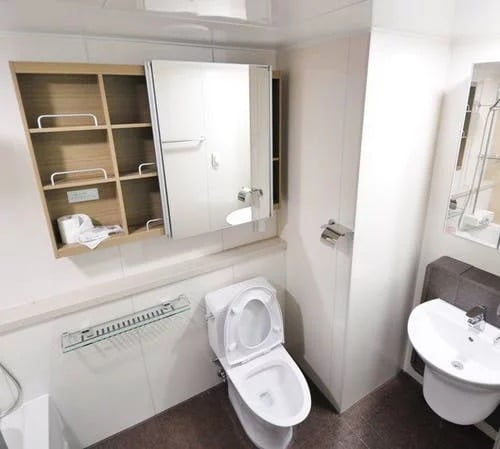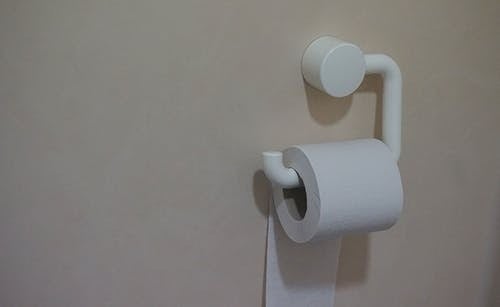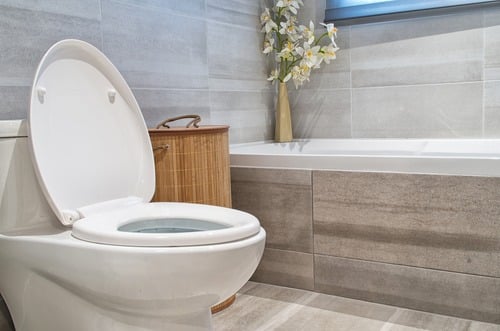Sooner or later, every household will have a leaky toilet that keeps running. You may notice water drips or hear it constantly refilling. This issue is not only annoying but also wasteful and expensive. Even a moderate toilet leak can waste more than 6,000 gallons of water every month, adding hundreds of dollars to your annual water bill.
Fortunately, fixing that noisy problem may be easy. With a few tips from this article, you can find out how to fix a running toilet, saving the expense of a costly professional repair.
The most likely causes for a running toilet are the flapper or flapper chain, the fill tube, or the fill valve and float. We’ll walk through the steps for how to check these parts, find the source of the issue, and solve the problem.
Before you begin, make sure there is sufficient water pressure in the toilet tank for efficient operation. Water flows to the toilet through a small valve on the wall or floor behind the toilet. Turn the valve counterclockwise to the “on” position to maintain proper water pressure while you are checking for leaks.

- Check the Flapper and Flapper Chain
Open the toilet tank and check the chain attaching the flapper to the flush mechanism. The flapper is the rubber stopper that lifts up during the flush, allowing water to flow from the tank to the bowl.
If the chain that is attached to the flapper is too loose, the slack part of the chain can get between the flapper and the rim of the flush valve. This can prevent the flapper from sealing properly. Tighten the chain as much as necessary to minimize the slack.
However, it’s important not to tighten the chain too much. If the chain is too tight, the flapper can’t fully seal onto the flush valve. You may need to experiment to get the right amount of tension in the chain. If you’re lucky, the chain may have just been caught under the flapper, and you simply need to extract it. Imagine calling a plumber for such a simple fix! Learning how to fix a running toilet never seemed so easy.
The following video at the bottom of the article shows you how to adjust the chain so that the flapper closes properly.
If you tightened (or loosened) the chain and that didn’t help, check the flapper itself. Over time, the flapper’s rim can corrode or deteriorate and fail to seal properly. If this is the case, remove the old flapper and buy a new one at your hardware store. Follow the assembly instructions and attach the new flapper to your flush mechanism, ensuring it seals properly as the tank fills with water.
If the toilet handle remains stuck in the downward position after you flush, the lever mechanism may have slipped off. If it broke off, however, you may also need to replace the lever mechanism.

- Check the Fill Tube
The fill tube is the small plastic tube running from the toilet tank’s fill valve into its vertical overflow tube. If the end of the tube is under water, cut it so that the tube clears the water level.





